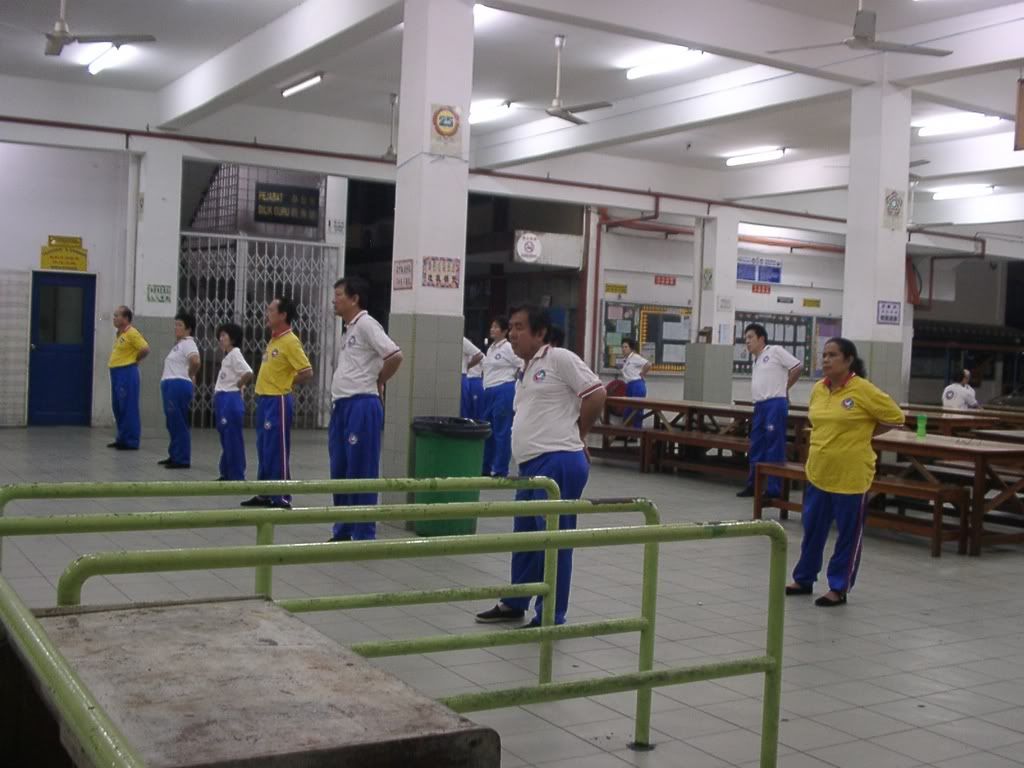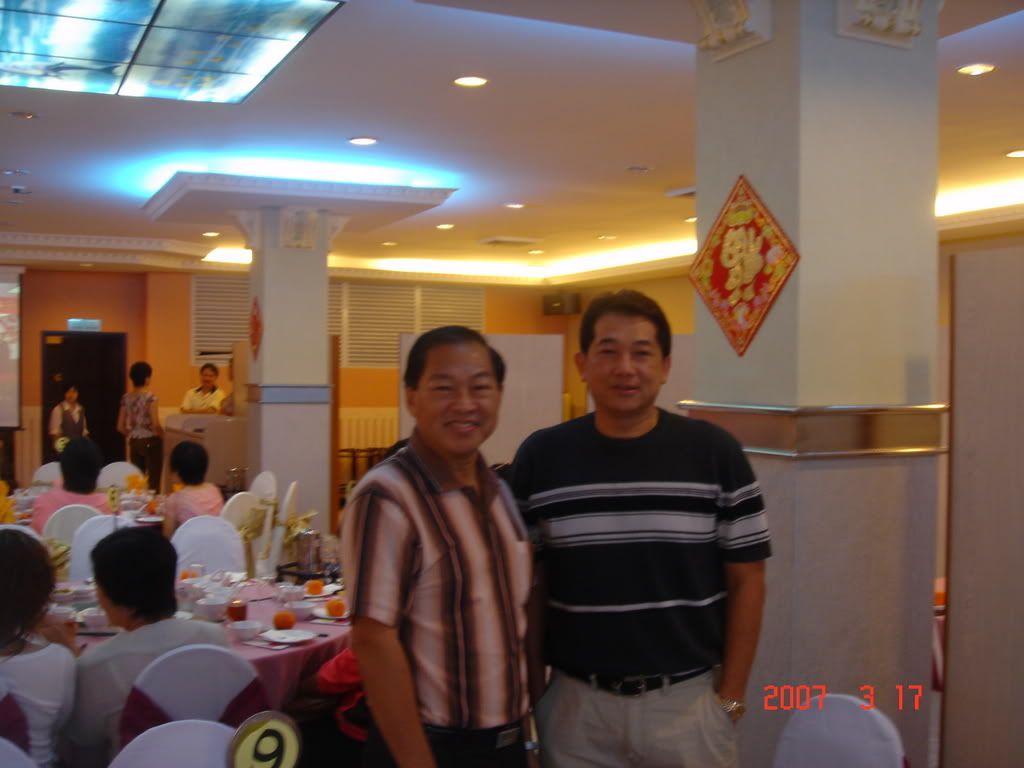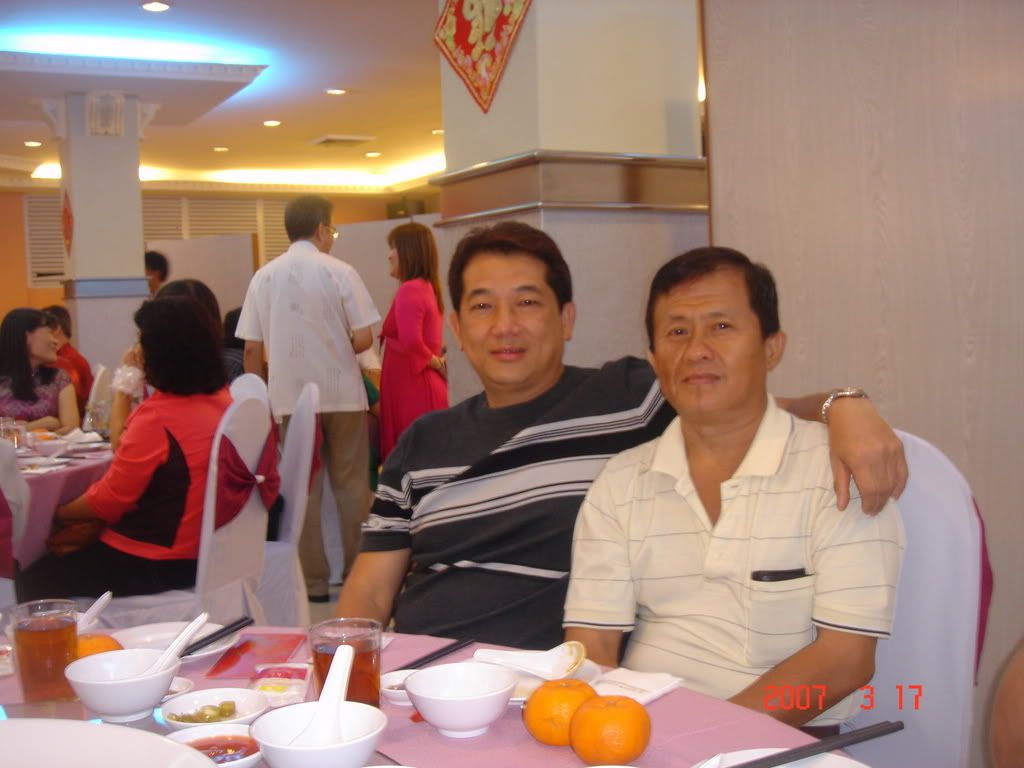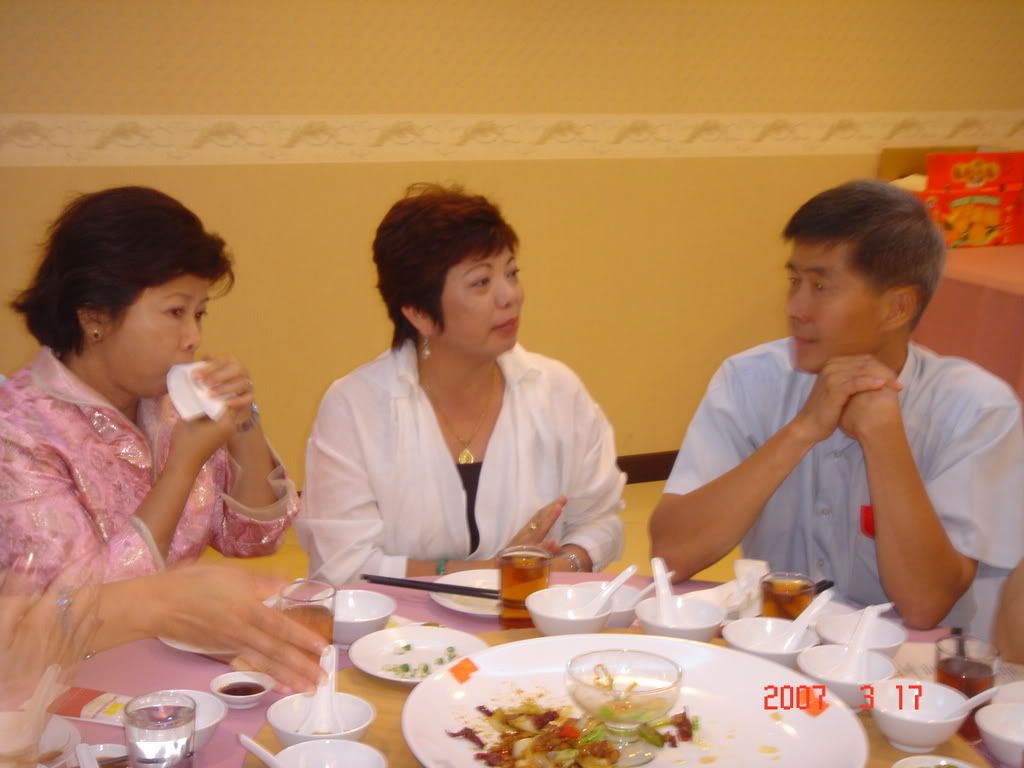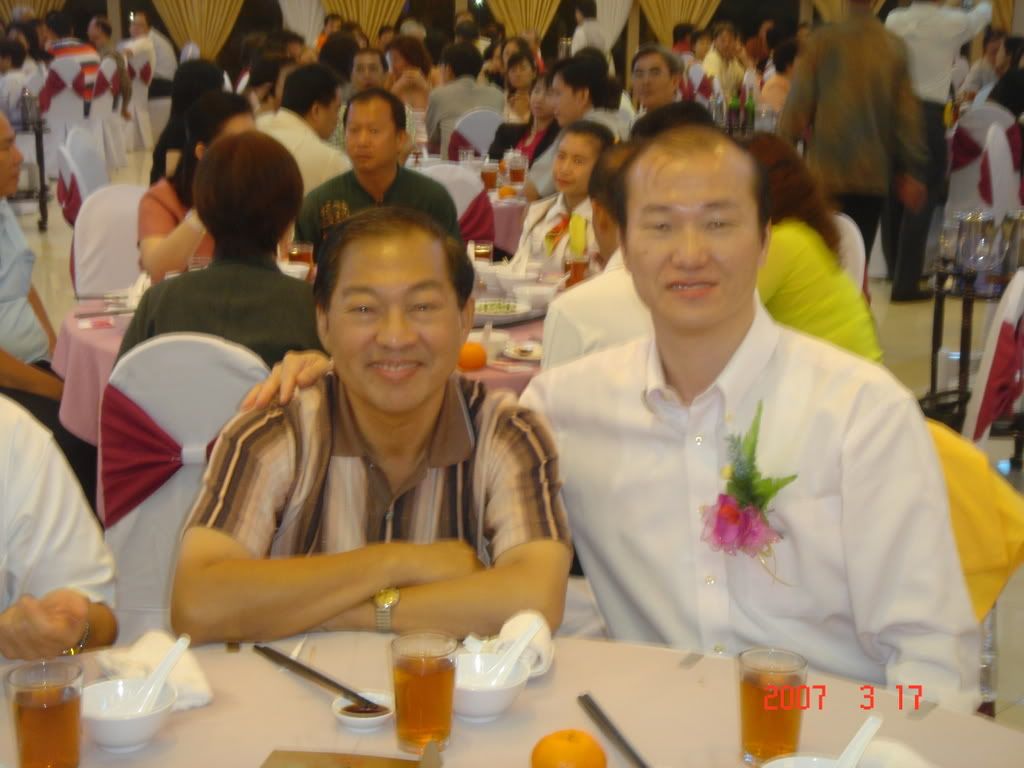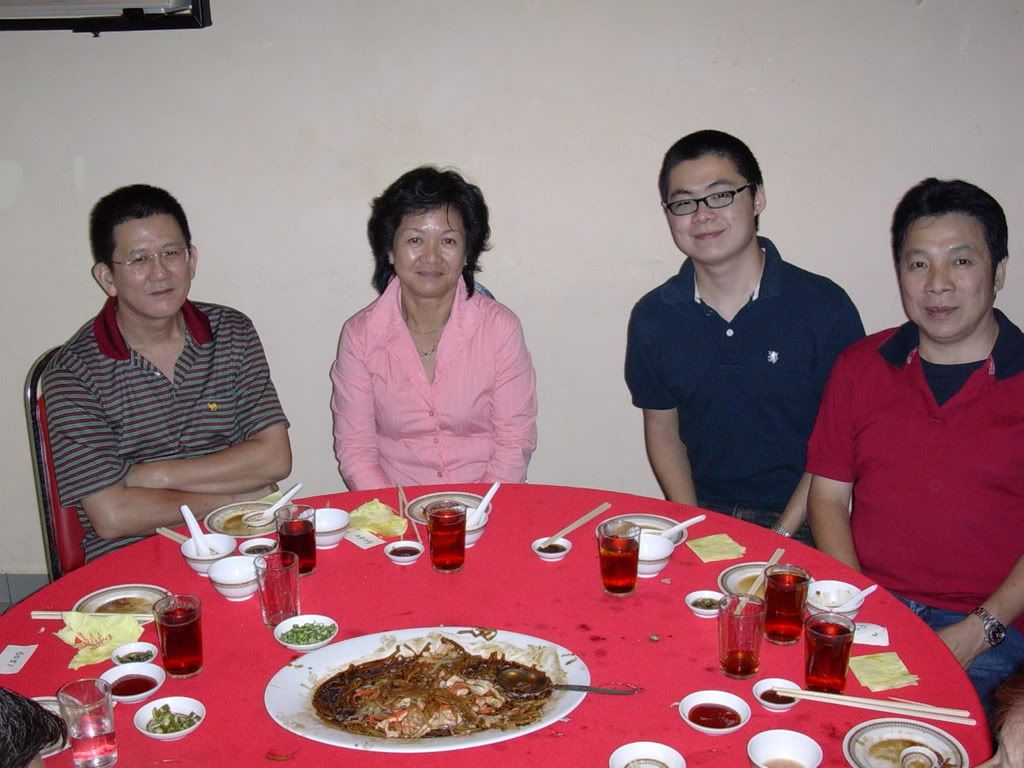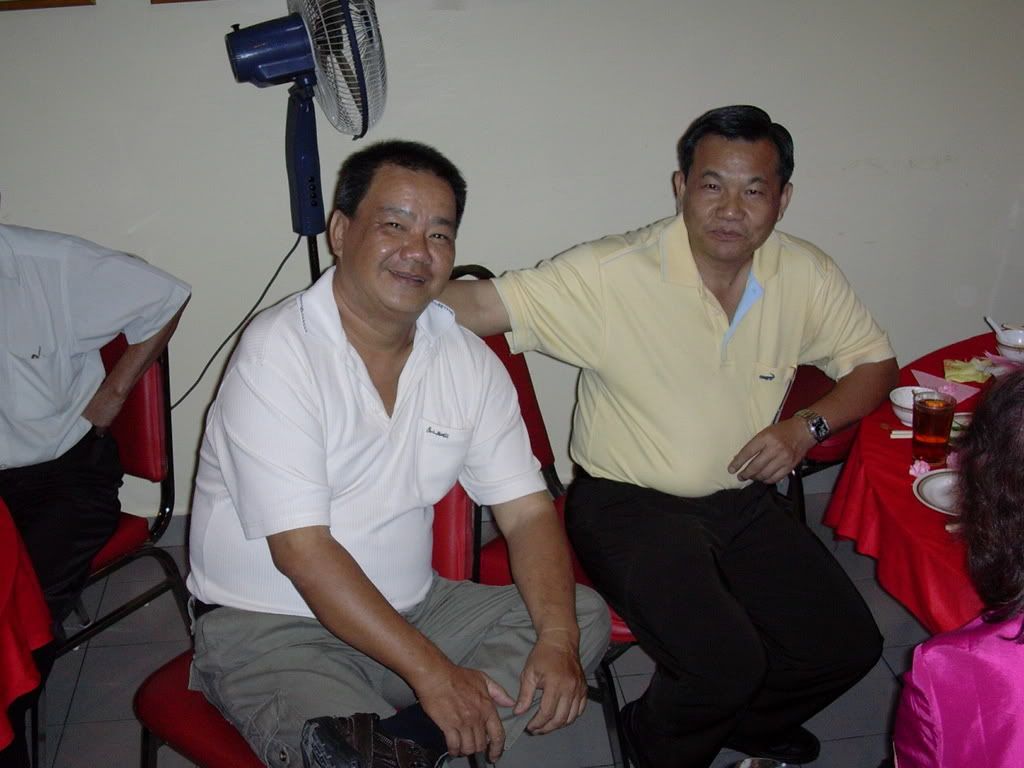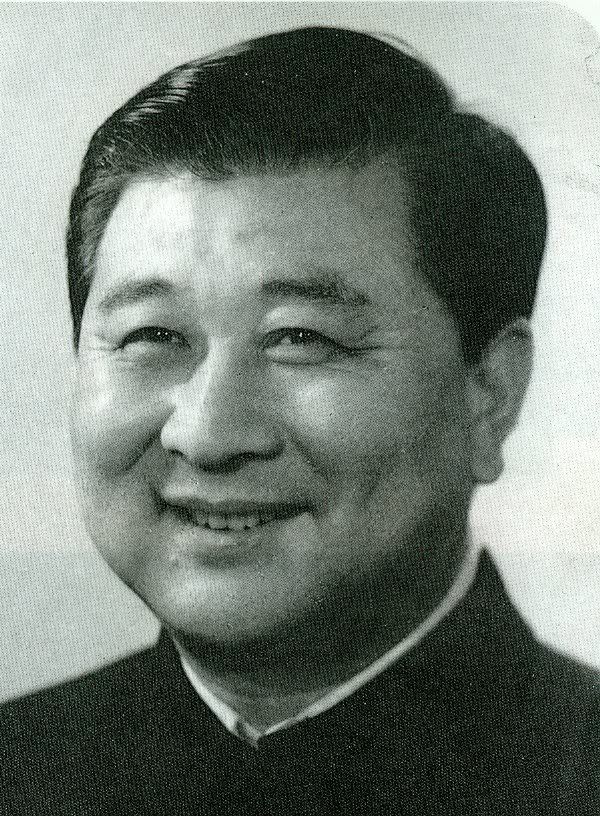 Green tea has been linked to many health benefits
Green tea has been linked to many health benefitsGreen tea 'may keep HIV at bay'
Drinking green tea could help in the fight against HIV, research suggests. Scientists found a component called epigallocatechin gallate (EGCG) prevents HIV from binding to immune system cells by getting there first.
Once EGCG has bound to immune system cells there is no room for HIV to take hold in its usual fashion.
However, experts said the joint UK and US work, which appears in the Journal of Allergy and Clinical Immunology, was at a very preliminary stage.
We suggest that it should be used in combination with conventional medicines to improve quality of life for those infected
Professor Mike Williamson
University of Sheffield |
Researcher Professor Mike Williamson, of the University of Sheffield, said: "Our research shows that drinking green tea could reduce the risk of becoming infected by HIV, and could also slow down the spread of HIV.
"It is not a cure, and nor is it a safe way to avoid infection, however, we suggest that it should be used in combination with conventional medicines to improve quality of life for those infected.
"Future research is also currently under way in order to determine how much effect can be expected from different amounts of tea."
More work needed
Keith Alcorn, senior editor of the Aidsmap web service, said tests on animals would be needed before any conclusions could be safely drawn on the potential protective effect of drinking green tea.
"This study only looks at the ability of a chemical in green tea to block HIV binding to human CD4 immune cells in the test tube.
"Many substances shown to prevent HIV infection in the test tube turn out to have little or no effect in real life, so I think there's a long way to go before anyone should rely on green tea to protect against HIV infection."
Lisa Power, head of policy at the HIV charity, Terrence Higgins Trust said: "Condoms keep HIV at bay. Anything that boosts your immune system is beneficial for people with HIV, but green tea can't be a substitute for proper medication and prevention techniques."
Green tea has been linked to a positive effect on a wide range of conditions, including heart disease, cancer and Alzheimer's.
http://news.bbc.co.uk/2/hi/health/6502399.stm (from an e-mail we received)


